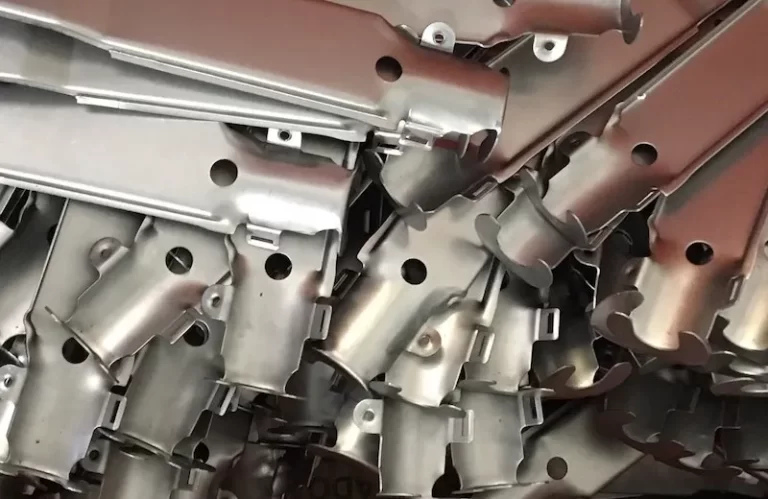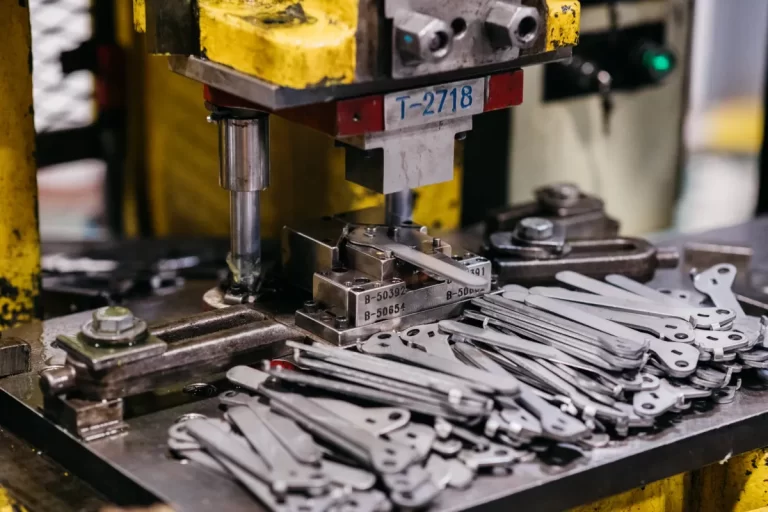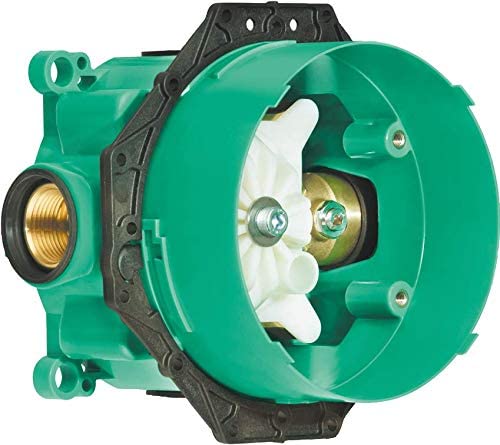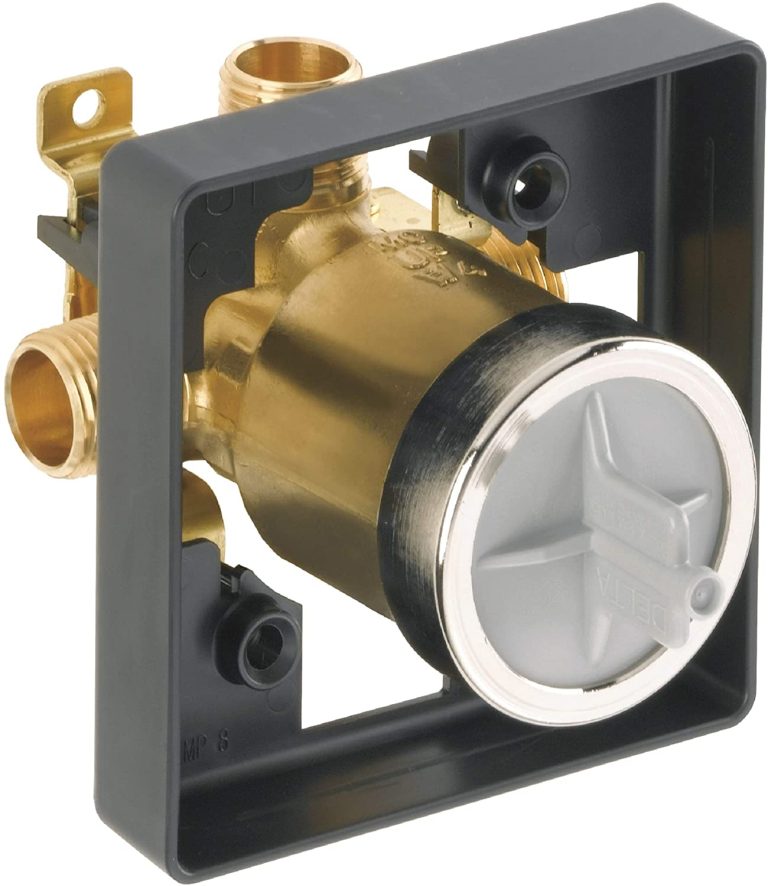The Ultimate Guide to Moyno Pump Curves
When it comes to selecting the right pump for your application, understanding pump curves is critical. Moyno pumps, known for their efficiency and reliability, have specific performance characteristics that can be effectively evaluated through their pump curves. This guide aims to provide a comprehensive overview of Moyno pump curves, helping you make informed decisions.
What Are Moyno Pump Curves?
Moyno pump curves graphically represent the relationship between the flow rate and the head developed by the pump. These curves are essential tools for engineers and operators, as they illustrate the performance capabilities of the pump under various conditions. By interpreting these curves, one can determine the best pump for a specific application.

Key Components of Moyno Pump Curves
Understanding the components of Moyno pump curves is essential for effective analysis. Here are the key elements to consider:
- Flow Rate: This represents the amount of fluid the pump can move over time. It is typically measured in volume per unit time.
- Head: This indicates the height to which the pump can raise the fluid. It is a crucial factor that impacts the pump’s efficiency.
- Efficiency: This shows how effectively the pump converts input power into hydraulic power. The efficiency curve helps identify optimal operating points.
- Net Positive Suction Head (NPSH): This is the minimum pressure required at the suction side of the pump to avoid cavitation. It is critical for ensuring reliable pump operation.
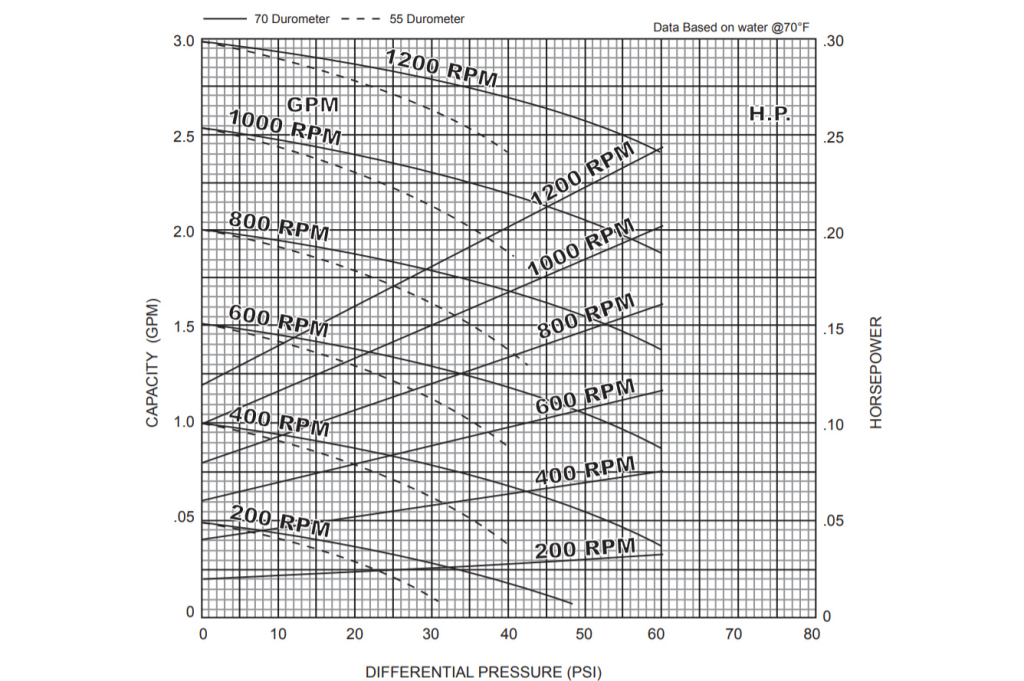
How to Read Moyno Pump Curves
Reading Moyno pump curves can seem daunting at first, but breaking it down into manageable steps can simplify the process:
- Locate the Flow Rate Axis: This is typically found on the horizontal axis of the curve.
- Identify the Head Axis: The vertical axis usually represents the head.
- Examine the Efficiency Curve: Efficiency curves are often overlaid on the main curves. Look for the peak efficiency point, which indicates optimal performance.
- Analyze NPSH Requirements: Ensure that the NPSH available in your system exceeds the NPSH required by the pump to avoid cavitation.
Application of Moyno Pump Curves
Moyno pump curves are applicable in various industries, including:
- Wastewater Treatment: Efficiently moving sewage and sludge.
- Food Processing: Ensuring safe and hygienic transport of ingredients.
- Chemical Manufacturing: Handling corrosive materials safely.

Conclusion
Understanding Moyno pump curves is essential for selecting the right pump for your application. By familiarizing yourself with the key components and learning how to read these curves, you can optimize your pumping system’s performance. Whether you’re in wastewater treatment, food processing, or chemical manufacturing, the insights gained from analyzing Moyno pump curves will undoubtedly enhance your operational efficiency.
